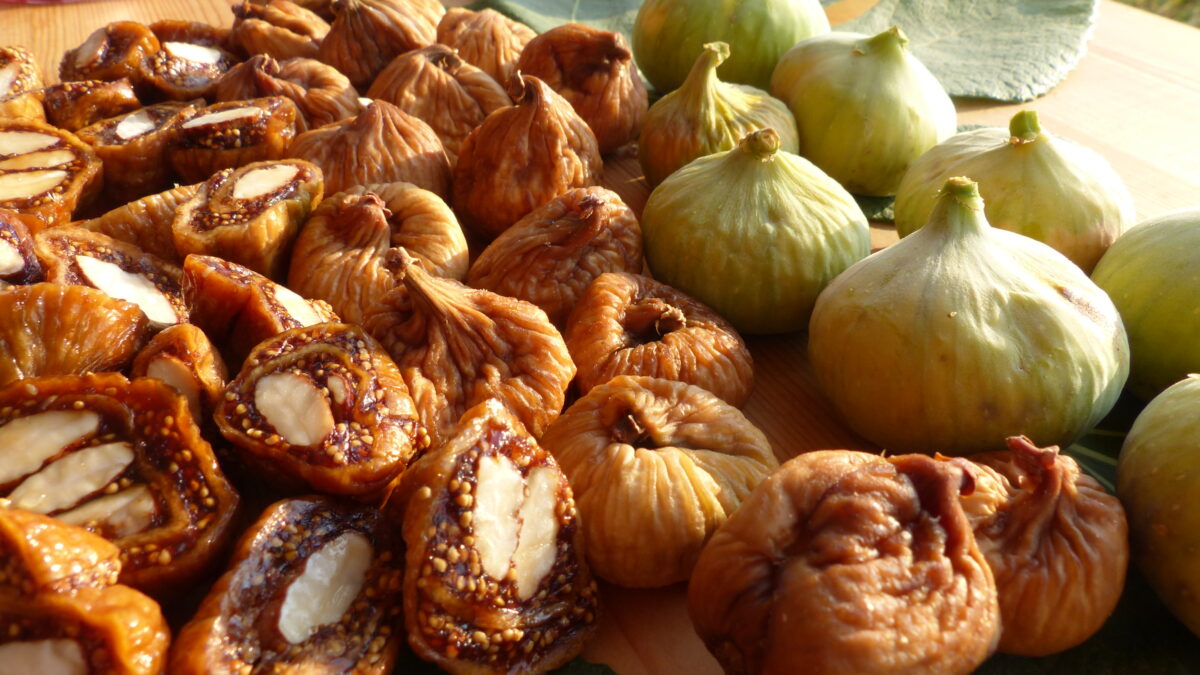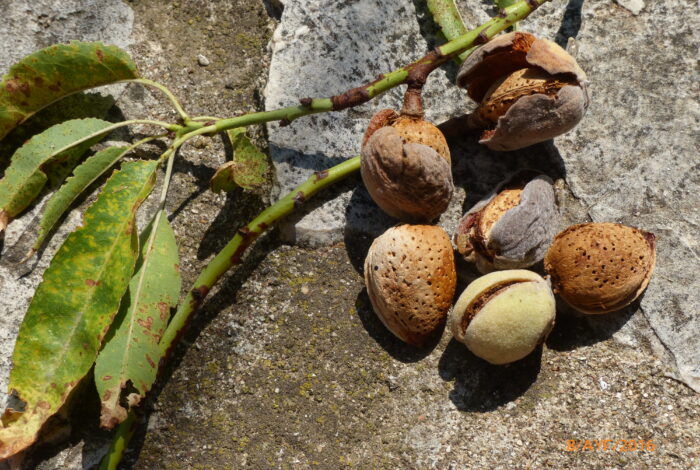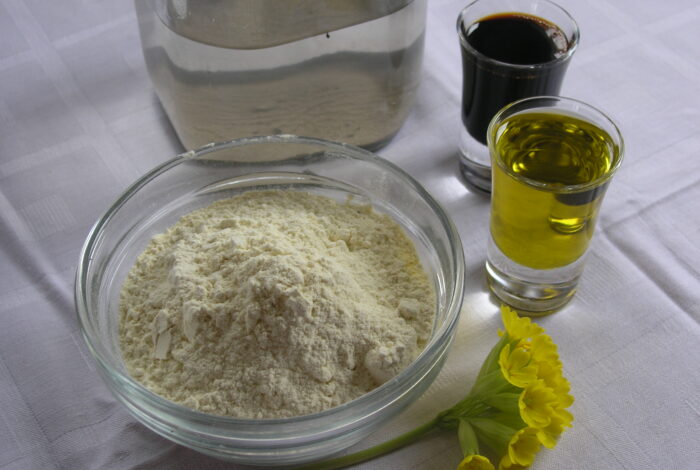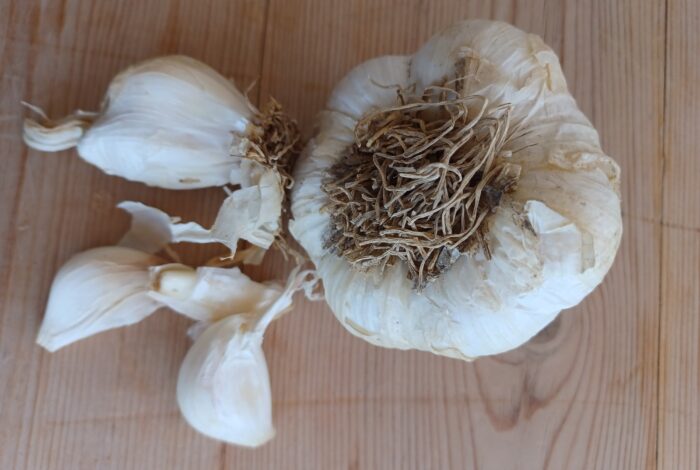Soultana-Maria Valamoti
Figs are potentially one of the earliest species of fruit-bearing tree domesticated by man. Prehistoric populations were drawn to their sweet fruit, at a time when sweetness was a rarity. In Greece, remains of figs have been uncovered in archaeological excavations of both Neolithic (7th – 4th millennium BC) and Bronze Age (4th – 2nd millennium BC) settlements. The earliest written records in the Greek language, the Linear B tablets on which the Mycenaeans kept ledgers of inflows and outflows of goods to their palaces, indicate that figs were considered a vital ‘ration’, provided to people employed as labourers at the palaces, while they also figured prominently in communal meals and religious ceremonies. Greece’s prehistoric agricultural communities recognised figs as a key source of nutrients and likely dried and stored them to ensure availability year-round. It bears noting, after all, that back then, given the limited refrigeration capabilities available, fresh figs would spoil quite rapidly.
Dried figs are referred to in ancient Greek texts as ‘ischas’. Passages from Sophocles (5th – 4th century BC) and Aristophanes (4th – 3rd century BC) contain descriptions of lofts filled with dried figs, a sign of prosperity. Another passage describes dried figs as ultimately sweeter even than honey. Attica was apparently renowned for its dried figs, based on references in the Deipnosophistae by Athenaeus (2nd – 3rd century A.D.), while the poet Hermippus (5th century BC) describes the local dried figs of Rhodes as sublime and intensely enjoyable. The comic poet Amphis (4th century BC) refers specifically to figs from the island of Kimolos. Pherecrates (5th century BC) mentions both roasted figs and dried black figs. Medical texts, such as the Hippocratic corpus and the works of Dioscorides, frequently list dried figs among other ingredients in pharmaceutical formulas.
Aristophanes also frequently mentions figs in his works, in both every day and religious contexts. In the Wasps, he has a young child unsuccessfully begging his father for a handful of dried figs as a sweet treat. In Lysistrata, he describes a bushel of dried figs held by a young girl serving at the sanctuary of Artemis in Brauron. In the Plutus, Aristophanes mentions a priest who seized dried figs from a table covered in ritual offerings, while a fragment from Diphilus notes that dried figs were often included among offerings to the gods. Dried figs featured prominently in the Thesmophoria, according to inscriptions uncovered in Holargos and Elefsina, in a practice reminiscent of the ritual uses the Mycenaeans had for the fruit.
Sweet, dried figs continue to be produced throughout Greece, continuing a tradition that has been passed down for millennia.










